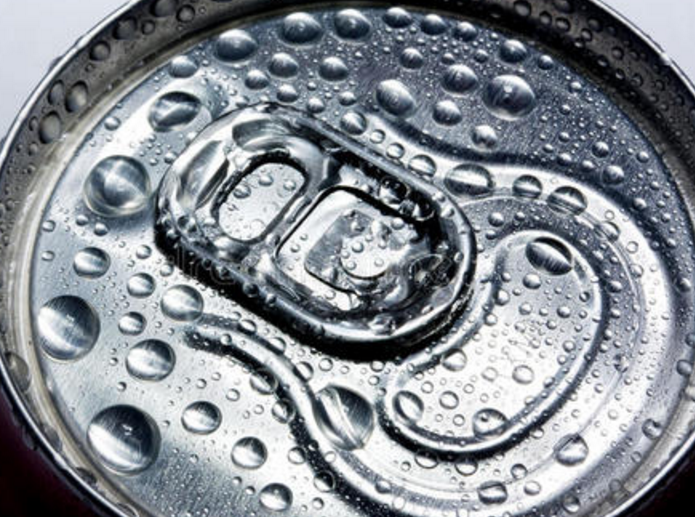In general, the composition of air can be regarded as consisting of absolutely dry air, water vapor and dust. The absolute temperature is the mass of water vapor contained in the tuned air at a certain pressure and temperature. Saturated humidity is the maximum water vapor mass that a unit of air can contain under such conditions. Temperature supermarket, the more water vapor can be included in the air, the more saturated humidity. The ratio of absolute humidity to saturated humidity is relative humidity. If the humidity of the air is maintained and the temperature of the air is lowered, when the temperature reaches a certain value, the partial pressure of the water vapor reaches the saturation pressure corresponding to the air temperature of the time, and the air in this condition is saturated with water vapor. If the air temperature drops further, water vapor will condense out of the air and form "dew drops." This appearance is called condensation.

In the temperature experiment, the reason for the appearance of product condensation is that when the ambient temperature in the experiment box increases, the external temperature of the product is lower than the ambient temperature. When the humid and hot ambient air encounters the appearance of the product below the dew point, the water vapor will condense on the surface to form dew drops. Moreover, if the goods are sealed, when the ambient temperature in the test chamber drops, the temperature on the inner wall of the goods will drop faster than the temperature of the air inside the chamber, and the hot and humid air inside the chamber will condense into dew drops on the inner wall of the goods. Because most goods are not completely sealed, the appearance of condensation usually appears during the temperature rise.


